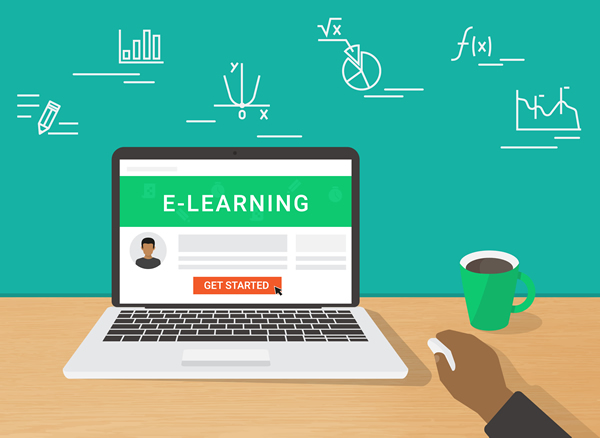ATD Blog
Bringing About Better E-Learning
Thu Feb 16 2017


It is sadly uncontroversial to suggest that the state of the e-learning industry is not performing up to the promise. For all the new advances in technology (like virtual and augmented reality, simulations, and artificial intelligence), we still see far too much information dump and knowledge test. The state of affairs is such that people go to extreme lengths to avoid e-learning, including rumors of paying kids to click through the courses! Do you think this a problem?
To more accurately characterize the content we see, it’s largely information ported from PowerPoint decks and PDF files, with a quiz added at the end. To be fair, it’s well produced in a consistent theme, and often there are interactivities that expose learners to information.
This raises the question: Do those experiences lead to any important outcome? The answer is a resounding “No.” Learning science tells us much about what’s needed for learning, and the robust result is that learning needs contextualized practice. Learners need to DO in the learning experience pretty much what you need them to do on the job, whether that is running software, making business decisions, or interacting appropriately with others. A similarly strong finding is that presenting and testing knowledge has little likelihood of leading to any sustained change in behavior. While it doesn’t need to be immersive simulations (though that’s the ideal), it’s far from an abstract knowledge question.
So, let’s rephrase the original question: If you’re investing resources in creating experiences that people strive to avoid and have no impact, is that a good investment? Does it make sense to try to force useless content down people’s throats? Again, the answer is clearly, “No.”
So if we’re on the wrong track, how do make it right? We could try to overthrow the entire organizational learning design process. However, the organizational environment generally isn’t conducive to big changes. Trying to make an argument for a total upheaval is problematic both because it casts aspersions on previous decisions and because funding hasn’t suddenly become abundant. What’s a designer (or manager) to do?
I suggest that the existing design process—content acquisition (possibly with subject matter input), learning design, and development—has most of what we need. What’s more, a viable (not optimal but defensible) solution can be obtained via fine-tuning the existing system. Meaningful learning outcomes can be achieved by combining what’s known about learning with practical design processes. Small tweaks, at the right place, can greatly improve the outcomes with only marginal impact on the resources required.
We can do better, and we should. As professionals, we should know what we are doing, and be able to point to it with pride. And it’s not that far away. Join me in bringing about better e-learning.
You can start by attending my ATD Core 4 Conference session “The 8 Mistakes That Keep Your E-Learning Course From Being Taken Seriously.”
More from ATD
